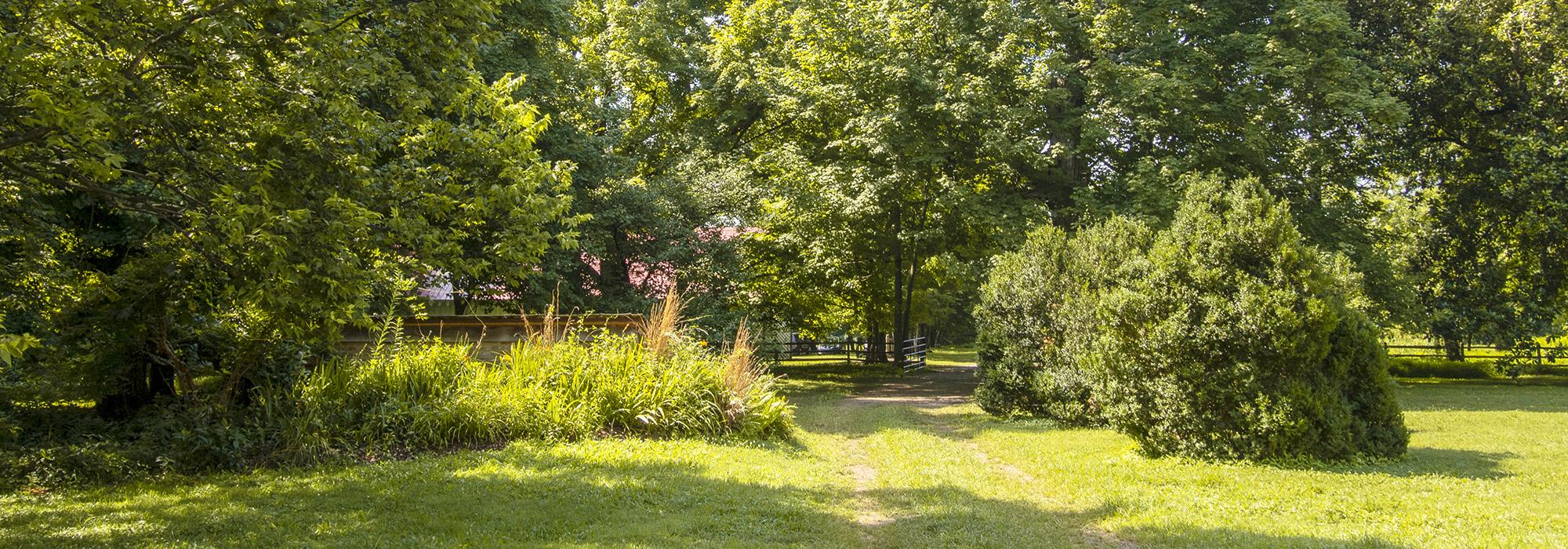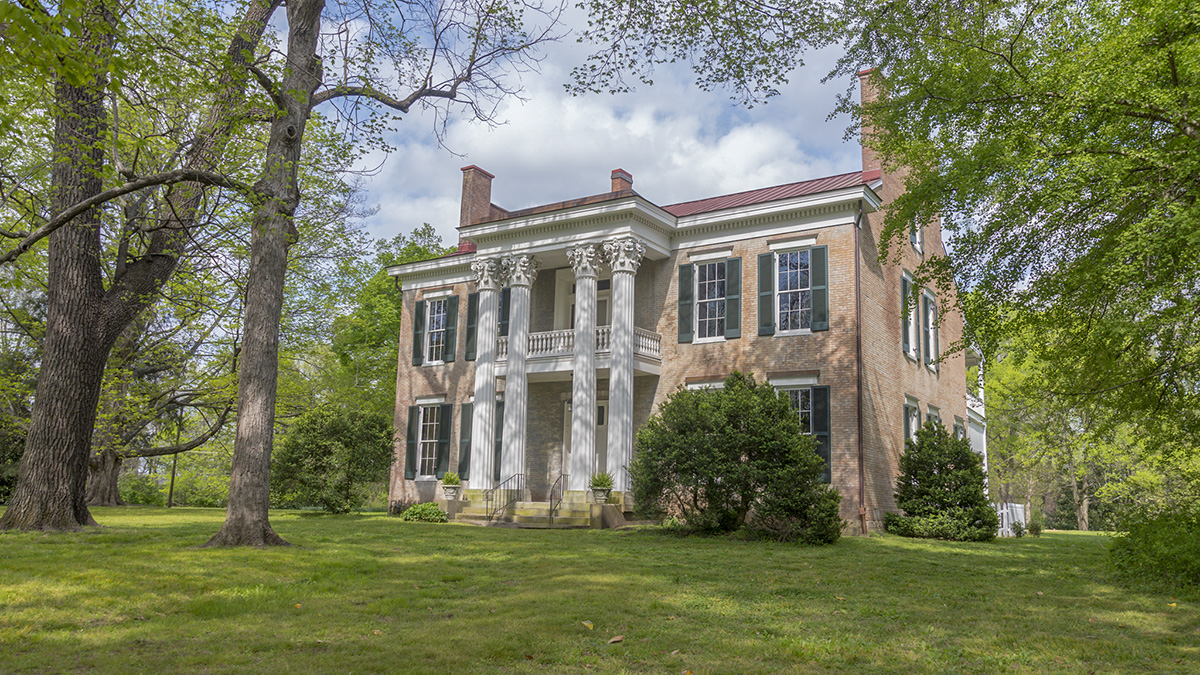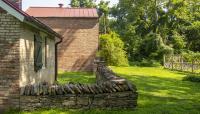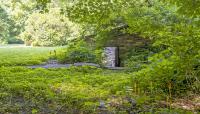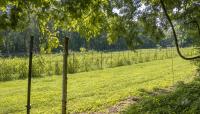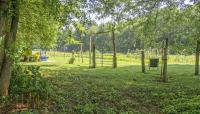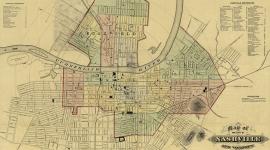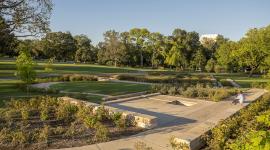Landscape Information
Today’s Glen Leven Farm was part of a 640-acre Revolutionary War land grant claimed by Thomas Thompson in 1790 along the East Fork of Brown’s Creek. Thompson’s son John expanded his father’s holdings to encompass more than 950 acres. Some 140 persons were born into slavery at Glen Leven, cultivating the fertile farmland, raising livestock, and growing tobacco, soybeans, wheat, and grain. After serving as a field hospital during the Battle of Nashville (1864), the estate was transformed into a livestock farm (1876-1920) and was bisected by the Nashville Interurban Railway in 1908. In 2006 the landscape was bequeathed to The Land Trust for Tennessee by Thompson descendant Susan West to be conserved in perpetuity. Some 64 acres of the original tract remain as the largest intact portion of the Battle of Nashville.
Dotted with magnolias, ash, gingko, black walnut, laurel oak, and pecans, the rolling upland terrain also includes a dogwood planted ca.1883 and an English hedge maple reportedly brought from Kew Gardens in the 1880s. The main house, in the northwest quadrant of the plot, is surrounded by a cluster of outbuildings. Built in 1857, the Federal-style mansion is fronted by the remnants of a formal garden and carriage drive. The surrounding pastoral landscape is crisscrossed by hedgerows and stone fences and is drained by Brown’s Creek. A two-acre plot at the center of the site is the setting for an heirloom garden planted and maintained by the Hermitage Hotel; an educational garden is also maintained by the Land Trust of Tennessee. Glen Leven was added to the National Register of Historic Places in 2008.



